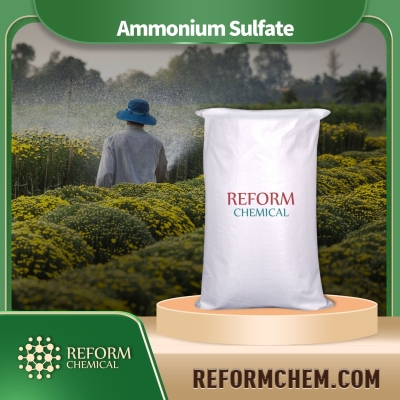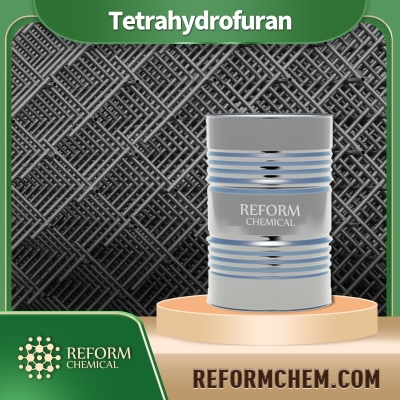-
Categories
-
Pharmaceutical Intermediates
-
Active Pharmaceutical Ingredients
-
Food Additives
- Industrial Coatings
- Agrochemicals
- Dyes and Pigments
- Surfactant
- Flavors and Fragrances
- Chemical Reagents
- Catalyst and Auxiliary
- Natural Products
- Inorganic Chemistry
-
Organic Chemistry
-
Biochemical Engineering
- Analytical Chemistry
-
Cosmetic Ingredient
- Water Treatment Chemical
-
Pharmaceutical Intermediates
Promotion
ECHEMI Mall
Wholesale
Weekly Price
Exhibition
News
-
Trade Service
In recent years, the pesticide industry has changed greatly due to various policies.
Many people in the industry have maintained a wait-and-see attitude towards the current pesticide market.
Small and medium-sized enterprises have also merged and reorganized to improve market competitiveness and risk resistance.
Interpretation of the development trend of the pesticide market in the general environment
.
1.
The scale of the global pesticide market has grown steadily, and developing countries have become key areas for expected growth.
Since the 21st century, the global pesticide market has been spiraling upward.
In 2014, the global pesticide market sales reached 63.
212 billion U.
S.
dollars, of which the crop protection market was 56.
655 billion U.
S.
dollars.
, Compared with 2013, the global crop protection market grew by 7.
58%
.
It is predicted that the global pesticide sales will reach 3.
2 million tons in 2019, and the compound annual growth rate between 2014 and 2020 will reach 6.
1%.
The driving factors of the global pesticide market include shrinking arable land, increasing population and increasing demand for crop production.
In addition, it is developing Countries such as South America (especially Brazil, Argentina) and Asia will show rapid growth in the pesticide market, and the Asia-Pacific region is expected to become the fastest growing market
.
2.
The global pesticide production companies are highly concentrated, and innovative and imitation pesticide companies coexist.
After decades of fierce competition, mergers and reorganizations, the world pesticide industry has shown an oligopolistic competition pattern
.
Six major companies represented by Syngenta, Bayer, BASF, Dow Agronomics, Monsanto and DuPont constitute the world's largest group in the pesticide industry, occupying more than 60% of the global pesticide market
.
Many people in the industry have maintained a wait-and-see attitude towards the current pesticide market.
Small and medium-sized enterprises have also merged and reorganized to improve market competitiveness and risk resistance.
Interpretation of the development trend of the pesticide market in the general environment
.
1.
The scale of the global pesticide market has grown steadily, and developing countries have become key areas for expected growth.
Since the 21st century, the global pesticide market has been spiraling upward.
In 2014, the global pesticide market sales reached 63.
212 billion U.
S.
dollars, of which the crop protection market was 56.
655 billion U.
S.
dollars.
, Compared with 2013, the global crop protection market grew by 7.
58%
.
It is predicted that the global pesticide sales will reach 3.
2 million tons in 2019, and the compound annual growth rate between 2014 and 2020 will reach 6.
1%.
The driving factors of the global pesticide market include shrinking arable land, increasing population and increasing demand for crop production.
In addition, it is developing Countries such as South America (especially Brazil, Argentina) and Asia will show rapid growth in the pesticide market, and the Asia-Pacific region is expected to become the fastest growing market
.
2.
The global pesticide production companies are highly concentrated, and innovative and imitation pesticide companies coexist.
After decades of fierce competition, mergers and reorganizations, the world pesticide industry has shown an oligopolistic competition pattern
.
Six major companies represented by Syngenta, Bayer, BASF, Dow Agronomics, Monsanto and DuPont constitute the world's largest group in the pesticide industry, occupying more than 60% of the global pesticide market
.






